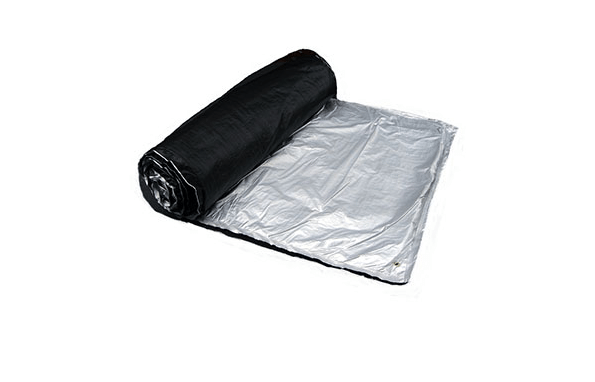Cold weather is just around the corner but that doesn’t mean you have to take a break from concrete projects. While cold weather does have an effect on newly placed concrete, concrete work can continue late into the season with proper planning, supplies, and curing.
After concrete has been poured and set, curing begins. Proper curing ensures maximum concrete strength, durability, and crack resistance. The longer concrete cures, the stronger it becomes.
Even mildly cold temperatures can affect concrete curing time. At 50 degrees, for example, it takes nearly twice as long to cure the same concrete project that would take three days to cure at 70 degrees. Once temperatures reach freezing or below, concrete curing time is significantly longer and concrete may even freeze due to water expanding and contracting. This can cause fracturing down the road.
Cold weather protection of your concrete project is critical — and concrete curing blankets provide warmth when Mother Nature can’t. They work by holding in heat and keeping cold out. This method if insulating concrete is a viable alternative to changing up the cement/water ratio or using a heating source in an enclosed work area.
Concrete blankets offer the R-factor, a.k.a. thermal resistance, needed to keep concrete projects from freezing. Midwest Canvas 6-layer foam concrete curing blankets help prevent freezing and cracking, and maintain optimal curing temperatures, with multi-layer foam materials that provide insulating value. Tough and flexible, Midwest Canvas 6-layer foam concrete curing blankets conform to poured concrete surfaces to provide even better insulation for your cold-weather concrete projects.
Don’t get left out in the cold! Intermountain Concrete Specialties carries the best concrete curing blankets from Midwest Canvas, Power Blanket, and Concrete Curing Technology. Visit the ICS showroom location nearest you to get the concrete curing blanket just right for your job.
